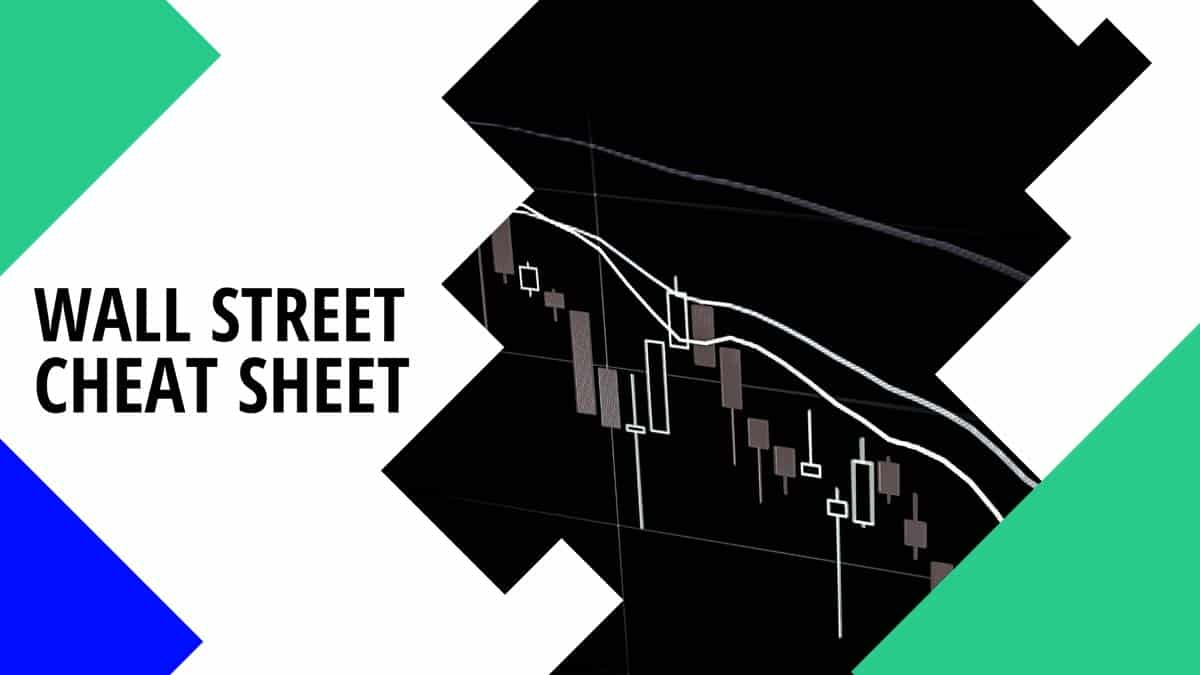What is Wall Street?
Wall Street is a street that you can find in the lower Manhattan part of New York City. It has historically been the headquarters of some of the U.S. largest investment banks and brokerages. As well as the home to the New York Stock Exchange. Find here the Wall Street Cheat Sheet!
Wall Street has undergone different cycles due to human sentiments of greed and fear. There exist a broad range spectrum of sentimental behavior attached to these two major behavioral drivers in investors.
The Wall Street cheat sheet below indicates the impulse that controls each segment of a market cycle. The ideal solution to deal with sentiments in the stock market is trading a measurable system with an edge and to adopt signals as opposed to opinions. You should reduce your trading amount to a reasonable size that wouldn’t trigger your emotions and ego when trading.
Cryptocurrency is seeming to appear as one of the major entry points into the full-fledged trading world. All the sections and categories of trading have one element linking them together and that is sentiment. And this sentiment entails both greed and fear of traders. Breaking down the Wall Street cheat sheet displays the sentiments. Such as greed and fear that drive massive and changing movements in markets.
Successful and Unsuccessful traders both go through fear and greed of some certain ratio. Losing traders whose sentiments are obvious here are usually lagging behind the market trend with at least one step behind.
Their emotions are usually kicking in too late or better still, they are showing the right emotions at the wrong time.
These categories of traders get greedy when they ought to be scared, and they get scared when they ought to be greedy.
When these traders get engulfed by what they believe to be the right trend, they attempt to make their way into the market that they have wrongly believed is less risky. Trading and investing are wrapped around defining trends. And also, the ability to figure out trends based on different periods and hop on them. This sums up what trading and investing are about.
Ongoing trends will end but before they do, they usually feign, reverse, zig zag, move against technical trading indicators, and go against expectations.
This affirms that it is challenging for a novice trader to precisely determine what a trend is on an X period as well as knowing when the trend is ending. For instance, the recently seemingly unending Tesla bull streak, among others. Truly, we can integrate Tesla’s chart with the Wall Street cheat sheet.
This is why it is forbidding for a trader to attempt to catch a falling knife. A falling knife refers to an ending trend and it becomes very risky for you to try and determine the trend’s ending.
The Right Move at the Wrong Time
Traders in this category are those who are too late to act based on this trend, and assumably not watching out for the pitfalls that lie with reversal at what is possibly the close of a trend. They get on trends after it has become known to everyone. Hence, doing the right thing at the wrong time.
Ideally, they ought to have jumped on the trend earlier, and to do that, requires huge dexterity. But it shouldn’t be too soon for it to seem like gambling or catching a falling knife.
The main point this cheat sheet is trying to drive home is about trend, knowing about a certain asset trend. It is not always possible to know precisely the beginning and end of a trend. There is always a form of risk when you trade this.
The best way to deal with it is by making the most informed and researched guess while handling it. You can ace a trend and manage it properly most of the time when one switches out experience and research with sentiments.

 Good Trading requires the Best Charting Tool!
Good Trading requires the Best Charting Tool!

 We loved Marwood Research’s course “Candlestick Analysis For Professional Traders“. Do you want to follow a great video course and deep dive into 26 candlestick patterns (and compare their success rates)? Then make sure to check this course!
We loved Marwood Research’s course “Candlestick Analysis For Professional Traders“. Do you want to follow a great video course and deep dive into 26 candlestick patterns (and compare their success rates)? Then make sure to check this course!